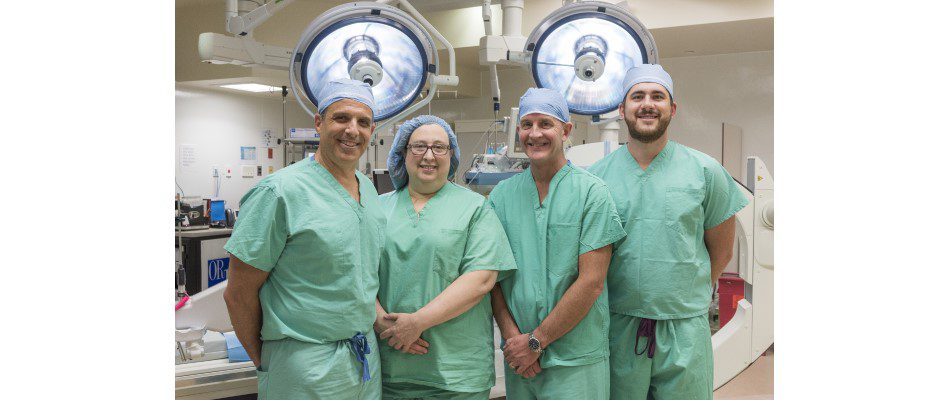
[This piece was written by Yaron Sternbach, MD, Chief of Vascular Services at St. Peter’s Health Partners, St. Peter’s Vascular Associates.]
Do you have plans to travel this summer? If so, you’ve probably already made arrangements for where you’ll go, where you will stay, and contemplated what you’ll need to pack. But, have you thought about the danger of deep vein thrombosis (DVT)?
For travelers who are journeying long distances – defined by the Centers for Disease Control and Prevention (CDC) as travel by air, car, bus or train for more than four hours – DVT can be a problem. Blood may tend to clot if one sits still for too long and travel increases the risk of blood clots in the deep veins of the body, particularly the legs or groin.
There are steps that can be taken to help prevent DVT. For long distance travelers, the CDC recommends:
- Get up occasionally and walk around: Optimally every 2-3 hours.
- Exercise your calf muscles and stretch your legs while you’re sitting.
- Wear properly fitted medical compression stockings, if recommended by your physician.
- Take medication prescribed by your physician before you travel to prevent blood clots.
Although travelers are at an increased risk for DVT, hundreds of thousands of Americans every year experience DVT. The condition can be very serious, as these clots can break loose, travel through the bloodstream, and lodge in one or more pulmonary arteries in the lungs. This pulmonary embolism (PE) has the potential to compromise both breathing and heart function. Blood clots and PEs often require life-long monitoring. They can be debilitating, and have the potential to greatly limit a person’s lifestyle.
Previously, the first line of defense was to administer an anticoagulant, or blood thinner, to decrease the body’s ability to clot. While this prevents clots from getting larger and developing more clots, it does not dissolve the clot.
For more serious DVTs or pulmonary embolisms, drugs called thrombolytics, or “clot-busters,” are often administered. Though effective, such drugs risk serious bleeding and, for that reason, physicians typically reserve them for severe cases.
Newer technologies are now available that allow vascular surgeons to remove large blood clots through non-surgical interventions. These devices allow vascular surgeons to separate clots from the vein wall and restore blood flow in a single session.
Because the procedures are minimally-invasive, done through a tiny opening in the skin, they greatly reduce the risk of bleeding and may eliminate the need for intensive care monitoring. Such procedures are particularly beneficial for patients already at risk for bleeding and who cannot tolerate thrombolytic drugs.
At St. Peter’s Hospital, we recently performed the first non-surgical interventions for DVT in upstate New York with a new class of more effective devices. I, along with my longtime partners Kathleen Ozsvath, MD, and John Taggert, MD, have more than six decades of combined experience in treating vascular disease, including DVTs.
For more information on DVT or pulmonary embolism treatment, or to schedule an appointment, please visit St. Peter’s Vascular Associates or call 518-525-8220.





